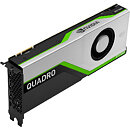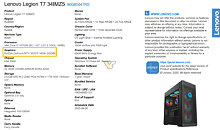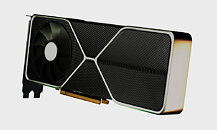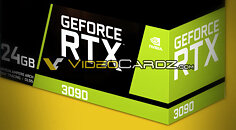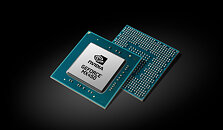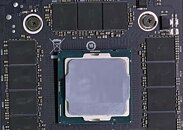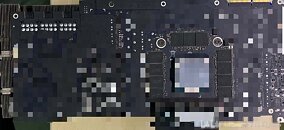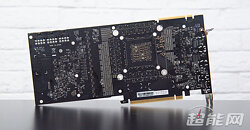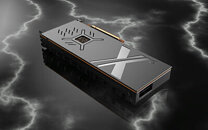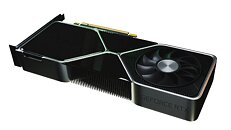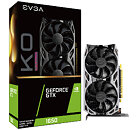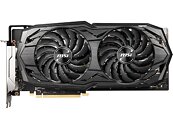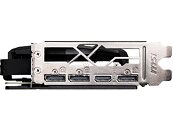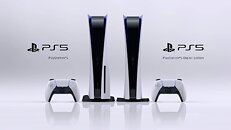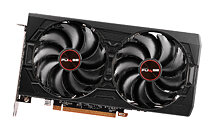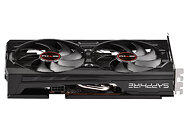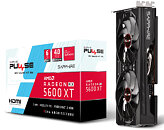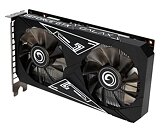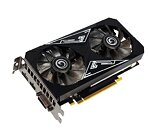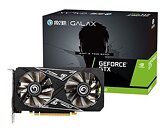
NVIDIA RTX 3070 Mobile Qualification Sample Pictured
NVIDIA still hasn't released their desktop RTX 3070 graphics cards (those are set for October 15th), and availability for the already-launched RTX 3080 and RTX 3090 is spotty at best. However, the company is obviously gearing up for release of mobile versions of their RTX 30-series; NVIDIA's graphics solutions are manufacturers' usual top picks, after all. The RTX 3070 Mobile (Max Q) has thus been pictured already in its Qualification Sample state, and there are some details that can be gleaned already.
Markings on the chip place this as GN20-E5-A1, which allegedly refers to the GA104 GPU which is expected to power the RTX 3070 and RTX 3060 Ti graphics cards. GDDR6 memory is confirmed (naturally), since markings on the memory chips, which are placed quite close towards the actual NVIDIA silicon, are Sk Hynix identified as H56C8H24AIR - the same employed on AMD's Radeon Pro 550M. The full GA104 GPU features 6,144 CUDA cores however, the desktop version has been confirmed as being shipped with 5,888 cores enabled out of those. It could be that NVIDIA plans to release the mobile version with the same cores (and likely at a reduced frequency for improved power efficiency), which would obviously equate to lower performance; or maybe NVIDIA will employ the full GA104 silicon with even more reduced frequencies for the same performance - with substantial power savings as the proverbial cherry on top. These last ideas are pure speculation, though; we'll have to wait a little while to confirm specs.
Markings on the chip place this as GN20-E5-A1, which allegedly refers to the GA104 GPU which is expected to power the RTX 3070 and RTX 3060 Ti graphics cards. GDDR6 memory is confirmed (naturally), since markings on the memory chips, which are placed quite close towards the actual NVIDIA silicon, are Sk Hynix identified as H56C8H24AIR - the same employed on AMD's Radeon Pro 550M. The full GA104 GPU features 6,144 CUDA cores however, the desktop version has been confirmed as being shipped with 5,888 cores enabled out of those. It could be that NVIDIA plans to release the mobile version with the same cores (and likely at a reduced frequency for improved power efficiency), which would obviously equate to lower performance; or maybe NVIDIA will employ the full GA104 silicon with even more reduced frequencies for the same performance - with substantial power savings as the proverbial cherry on top. These last ideas are pure speculation, though; we'll have to wait a little while to confirm specs.





